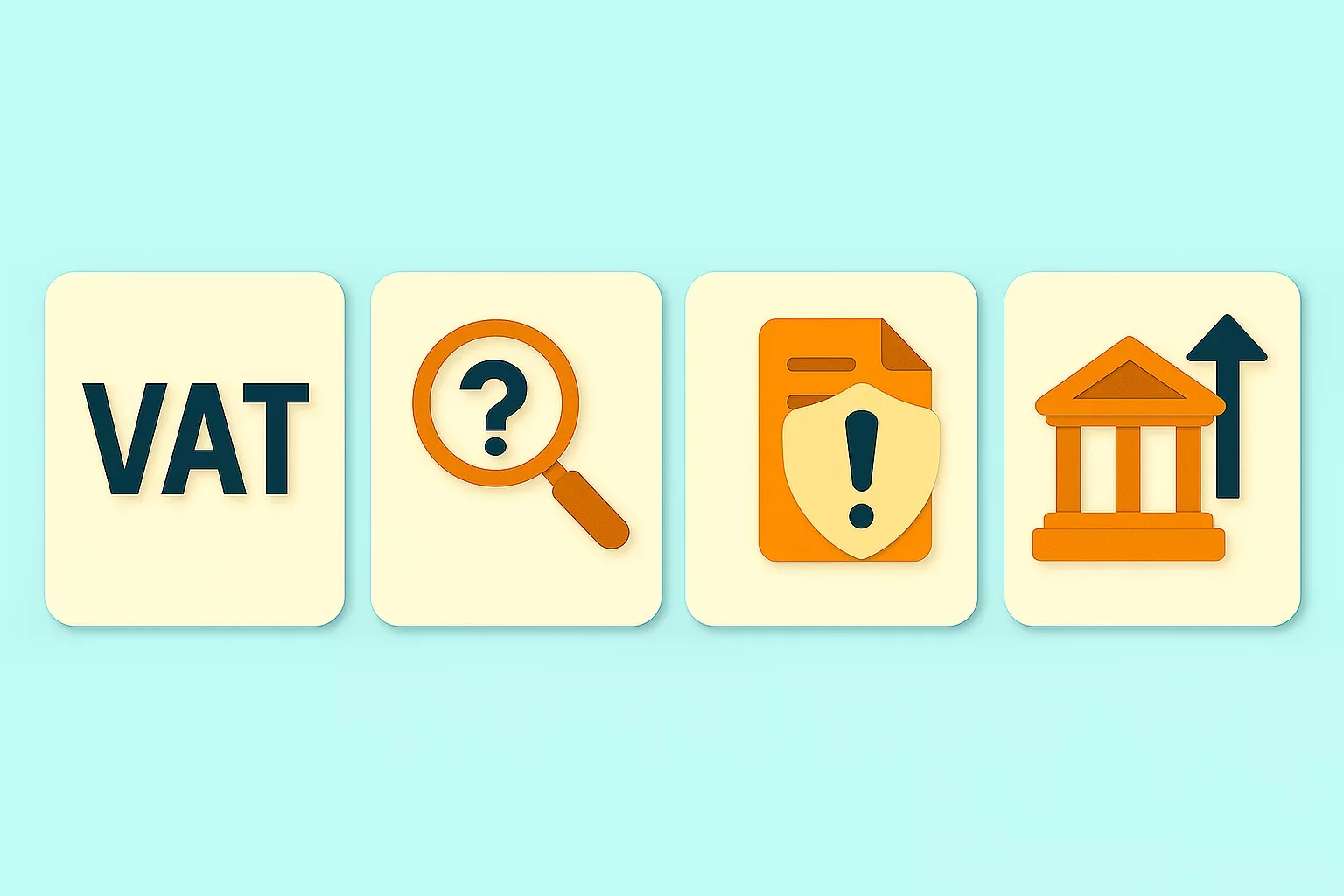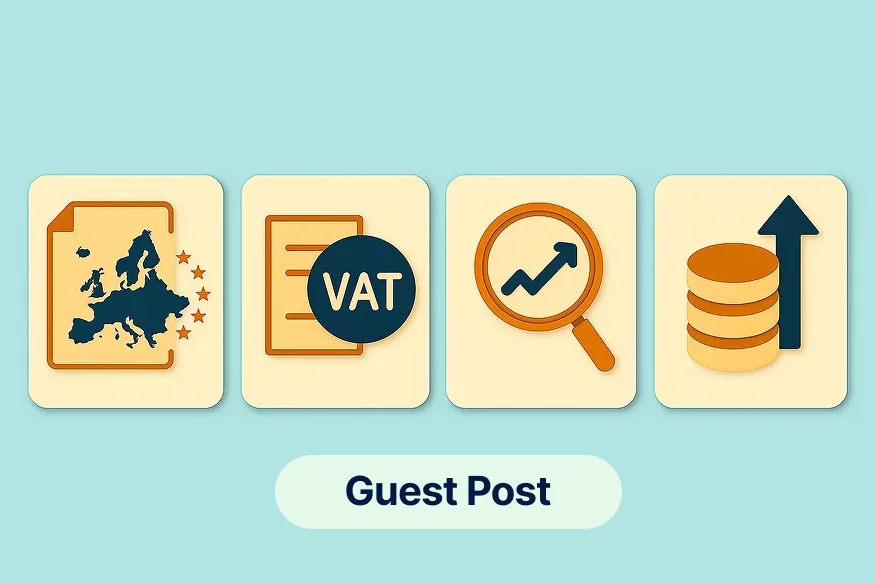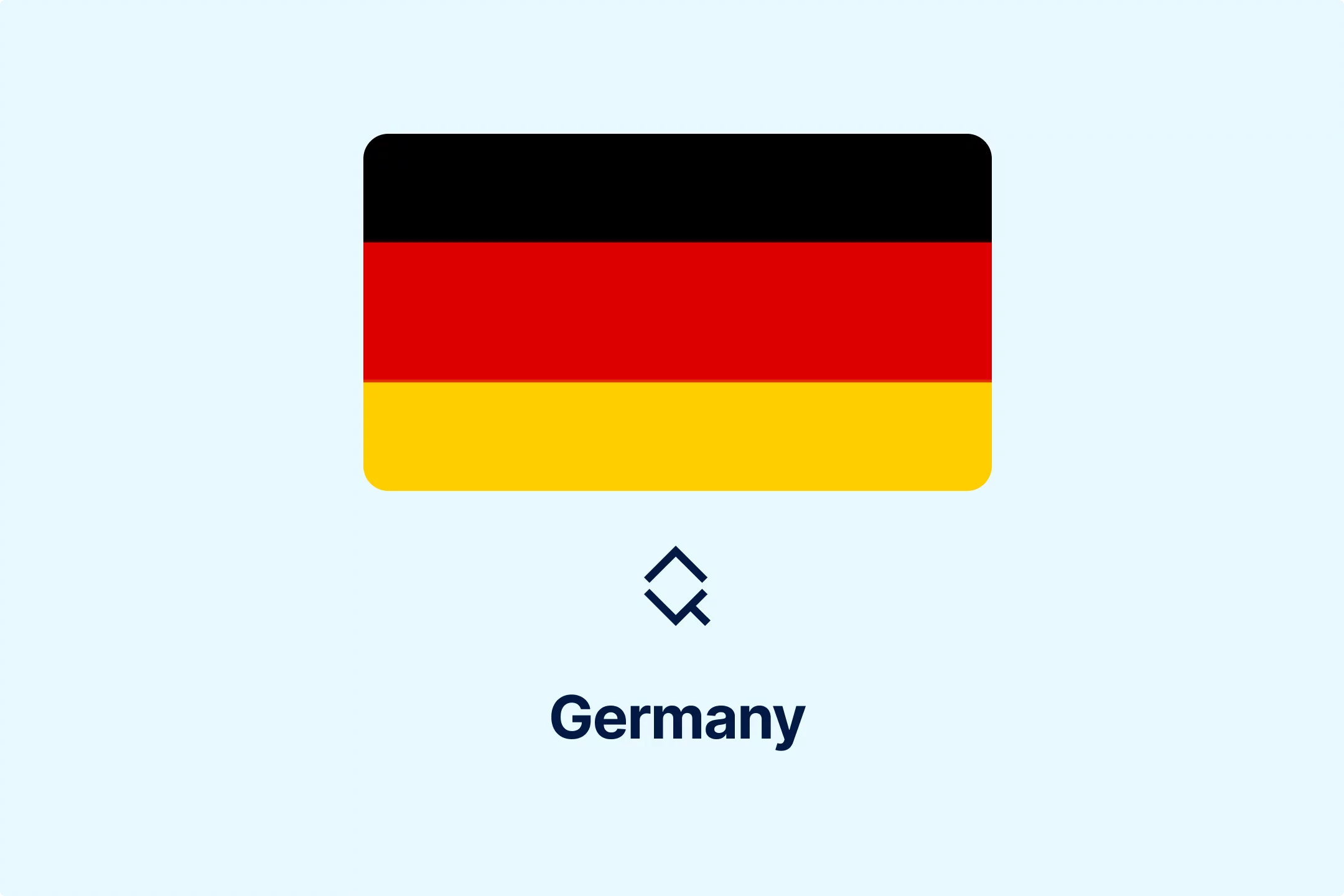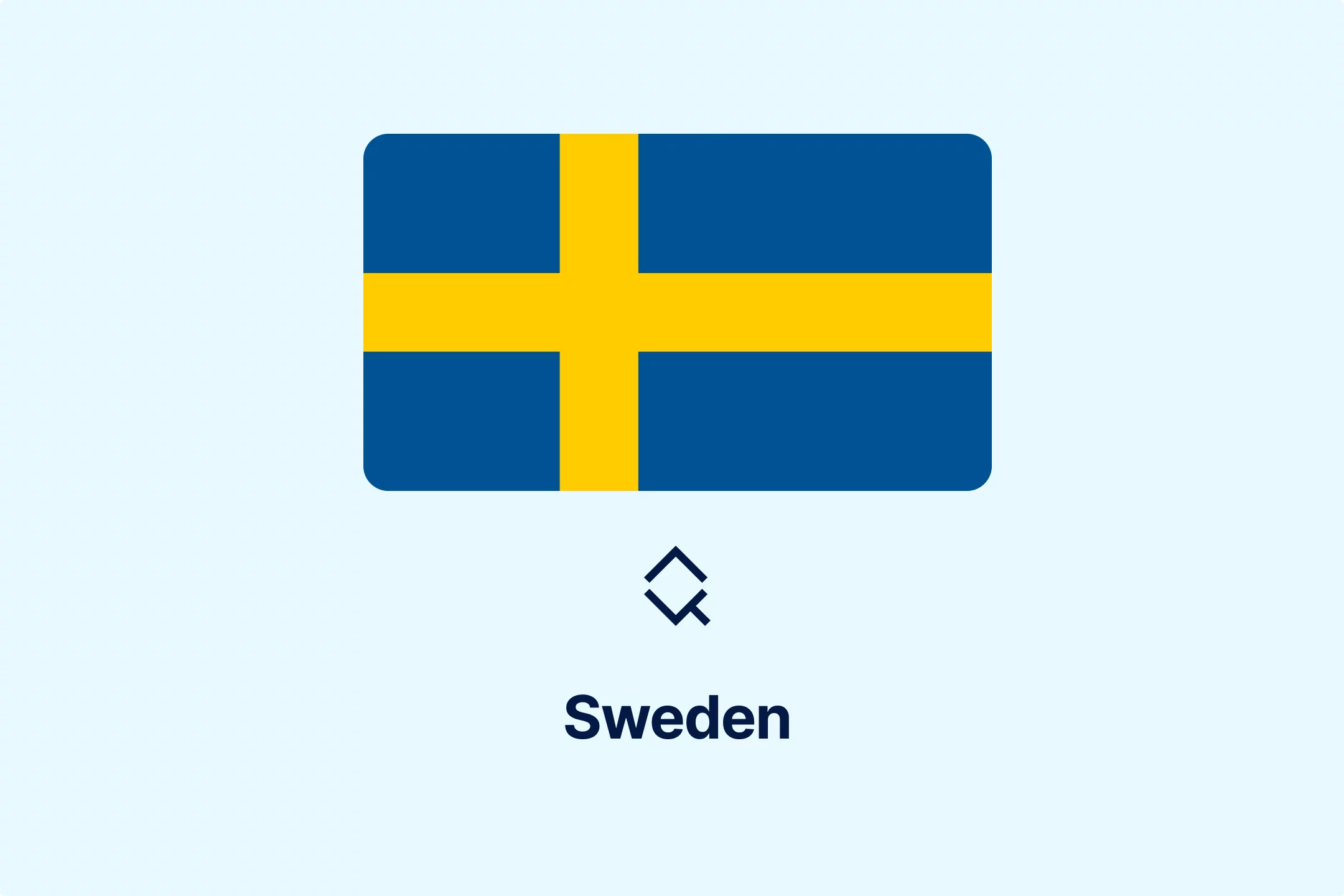EU - Reporting Under EC Sales Lists and Intrastat

Companies across the European Union (EU) face different reporting rules and requirements. Some are local and applicable only in one or a few EU Member States, while others are implemented on an EU-wide level. EC Sales Lists (ESL) and Intrastat reports are two reports that have been implemented at the EU level.
However, complying with ESL and Intrastat reporting requirements can be complex, mainly due to the different rules defined in each EU Member State. In this article, we will explain the main characteristics of each report, what separates them from one another, and how EU Member States define them.
Understanding the EU EC Sales List (ESL)
The purpose of the ESL is to provide additional information to the Tax Authorities on VAT related to cross-border transactions between VAT-registered businesses and ensure that it is adequately collected and declared by all involved parties. Thus, the ESL reduces the space for VAT fraud and ensures the accuracy of the VAT returns.
ESLs, or recapitulative statements, are tax returns that every VAT-registered business must submit if it engages in intra-community supplies. Generally, the ESL includes only information about sales made to another EU Member State. Still, some EU countries, such as Spain or Poland, also request information on purchases from other EU countries.
Across the EU, there are different rules related to the filing frequency and threshold of the ESLs.
EU ESL Filing Frequency and Thresholds
Under the EU VAT Directive, ESLs must be submitted quarterly, leaving each Member State free to define the procedure for submission. However, the EU VAT Directive also allows monthly ESLs. This leads to situations where, in some EU countries, there are only monthly ESL returns, in some quarterly, and some even define different filing rules depending on the value of the intra-community supply of goods.
For example, Spain is one of the EU Member States with a quarterly ESL filing requirement. However, monthly ESL is required if the supply of goods or services to other EU Member States exceeds the EUR 50,000 threshold in any of the previous four quarters. Portugal is another country that has the same rules in place.
Although German rules are similar to those in Spain and Portugal, meaning that the intra-community supplies threshold of EUR 50,000 is crucial for determining whether companies must submit monthly or quarterly ESLs, there are rules allowing businesses to submit annual ESLs. So, companies may file a yearly ESL if their taxable turnover is at most EUR 200,000 and their cross-border sales are below EUR 15,000.
In contrast to this, France only requires monthly ESL reports. Sweden defines filing frequency based on the type of supply. If the company only supplies goods or both goods and services, it must file ESL every month. On the contrary, quarter ESLs are requested if a company only makes service supplied.
Deadlines for Submitting EU ESLs
Apart from having different filing frequency requirements and thresholds, there are also different filing deadlines. For instance, in Spain and Portugal, it is by the 20th of the month following the reporting period, and in Germany, by the 25th day following the reporting period for monthly and quarterly returns. At the same time, annual reports must be submitted by the 10th day of the month following the reporting period.
Some countries, like Sweden, have different deadlines for submitting ESLs depending on the submission form. If ESLs are submitted on paper, the deadline is the 20th of the month, whereas, for electronic reporting, it is by the 25th of the month following the reporting period.
Information Requested in the ESL
The EU VAT Directive provides a list of information that ESLs must contain. The list refers to information about businesses submitting the ESL, details about their EU customers and consumers, total values of all supplied goods and services, and VAT rates applied to those supplies.
Understanding the EU Intrastat
Intrastat is a statistical report that provides information on the movement of goods across the EU territory. Similarly to the ECLs, Intrastat reports refer to intra-EU transactions. Still, they include more detailed information on quantity and customs codes for goods, Incoterm, type of transport, and regions of dispatch and arrival.
EU Intrastat Filing Frequency and Thresholds
Intrastat reports are due only once the application thresholds are exceeded. These thresholds vary between EU Member States and include thresholds for arrivals to and dispatches from the country. To add to the complexity of these reporting requirements, the thresholds for arrivals and dispatches in some countries are set differently.
Countries with the same thresholds for arrivals and dispatches include Finland, where both thresholds are EUR 800,000, and Romania, with RON 1 million.
Some EU Member States, like Spain, have rules that enable filing regular Intrastat or more detailed reports, depending on the value of arrivals and dispatches. Therefore, if the value of the company's arrivals and dispatches is above EUR 6 million, more detailed Intrastat reports are requested. Once the EUR 400,000 threshold for arrivals and dispatches is exceeded, a standard Intrastat must be submitted.
Germany is an example of a country with different arrival and dispatch thresholds. The threshold for arrivals is EUR 800,000, and for dispatches, it is EUR 500,000.
However, there is one mitigating circumstance for businesses. In all EU Member States, Intrastate reports are submitted monthly.
Deadlines for Submitting Intrastat Reports
The deadlines for submitting Intrastat differ from one Member State to another. In Poland and Finland, it is by the 10th day of the month following the reporting period. It is until the 12th day of the month following the reporting month in Spain. The Czech Republic has different reporting deadlines depending on whether the Intrastat is submitted on paper or electronically.
Combined Intrastat/ESL Return in Italy
Before we explain the main differences between ESL and Intrastat, it is essential to mention that in Italy, there is a unique Intrastat return that includes both ESL and Intrastat filing, called Declarations summary lists of intra-community transactions.
This return includes information on the intra-EU supply of goods and services and purchases of goods and services. The Intrastat/ESL return must be submitted electronically to the Customs by the 25th day of the month following the reporting period. However, taxpayers with access to Entratel or Fisconline telematic services of the Revenue Agency may also submit Intrastat reports using those portals.
Regarding filing frequency, combined Intrastat return is submitted quarterly unless the value of supplies made or acquired exceeds EUR 50,000. In that case, monthly Intrastat/ESL returns are mandatory.
Differences Between EU ESL and Intrastat
ESL is submitted to tax authorities as a tax return, and Intrastat is filed with Customs as a statistical report. Intrastat does not include information on supplied services, only goods, whereas ESL includes both supplies on goods and services. ESL mainly applies to made sales of goods and services, with some exemptions when purchases are also included, and Intrastat applies to both arrivals and dispatches.
Regarding filing frequency, ESLs may be required monthly, quarterly, or annually, whereas Intrastat reports are submitted monthly only.
In contrast to ESLs, which are filed from the first Intra-Community supply regardless of its value, the obligation to submit an Intrastat report is triggered only once the thresholds are exceeded.
Conclusion
From different thresholds to filing deadlines, these reporting requirements may cause problems for those who do not invest resources to understand their obligation under these rules.
Therefore, companies involved in intra-EU transactions must pay close attention to and ensure compliance with the rules and regulations regarding the ESLs and Intrastat. They must also stay informed about country-specific thresholds, deadlines, and reporting rules. Fines and penalties are defined for not meeting the deadlines and requirements.
Source: EU VAT Directive, Swedish Tax Agency - EC Sales List, VATabout - Country Guide - VAT in Spain, VATabout - Country Guide - VAT in Portugal, VATabout - Country Guide - VAT in France, VATabout - Country Guide - VAT in Germany, Finland Customs - Intrastat

Featured Insights

Angola’s E-Invoicing Mandate: Phased Implementation Continues Into 2026
🕝 December 10, 2025
VAT Deduction and Business Succession: When Do Advisory Costs Serve the Company’s Interest?
🕝 December 8, 2025
Europe’s Plastic Fiscal Shift: Why Italy’s Plastic Tax Now Starts in 2027
🕝 December 3, 2025
The Decline of Low-Value Import Exemptions: Closing Gaps in Cross-Border E-Commerce
🕝 November 20, 2025More News from Europe
Get real-time updates and developments from around the world, keeping you informed and prepared.
-e9lcpxl5nq.webp)


-lcgcyghaer.webp)
-ol6mdkdowg.webp)
-aqdwtmzhkd.webp)

-njgdvdxe2u.webp)



-i6rki3jbad.webp)
-hdwgtama05.webp)

-atbhy5fyxv.webp)




-zp2n6zixoa.webp)
-oa1ynbm4sn.webp)


-lltkno6txy.webp)



-do38odrqnq.webp)

-t409oldqzt.webp)

-hordopb6xh.webp)

-ooimnrbete.webp)

-lwb5qpsily.webp)


-eumafizrhm.webp)

-mtqp3va9gb.webp)

-3ewrn1yvfa.webp)
-591j35flz2.webp)

-huj3cam1de.webp)


-hafis0ii23.webp)

-qseaw5zmcy.webp)



-qzsah2ifqx.webp)


-69rzooghib.webp)
-wrvng98m0g.webp)


-psucycuxh2.webp)
-klyo8bn5lc.webp)




-6wv5h5eyyd.webp)
-tfgg78rbid.webp)
-a6jpv9ny8v.webp)
-qhdbapy0qr.webp)


-owvu7zoc13.webp)


-h28jrh1ukm.webp)

-wl9bl1rw3a.webp)

-2w76jtvtuk.webp)

-c0uvrmrq9j.webp)



-pofe7ucwz3.webp)



-5cc23ezxyf.webp)
-rrmabbekeb.webp)








-iyyeiabtaf.webp)
-c8rbjkcs01.webp)
-nilkffjhah.webp)

-hikakq55ae.webp)

-z1d60bldtg.webp)
-d1a0q6n7mp.webp)
-viip8nvoeh.webp)
-bvv1otliox.webp)



-de8hdb1bn3.webp)
-7xsxxoypnx.webp)

-cm0opezg73.webp)
-0tovsdupmi.webp)
-subxdamdj6.webp)


-gly6ablwnh.webp)
-gkduqhwbzh.webp)
-qpe1ld9vcj.webp)
-8noukwsmba.webp)
-aka29tuhkt.webp)


-fisvs27yrp.webp)


-mp0jakanyb.webp)

-aivzsuryuq.webp)



-o7f4ogsy06.webp)

-zjja92wdje.webp)
-hrbhdts8ry.webp)
-qtdkwpgkug.webp)


-cf8ccgah0p.webp)
-0em3cif5s6.webp)





-ptzesl0kij.webp)

-tfzv42pyms.webp)






-uodv7sfbih.webp)
-bbrdfmm9qf.webp)



-m2tl8crfqr.webp)




-1awbqjgpjs.webp)
-avbjsn1k1g.webp)


-0h8ohkx6s0.webp)



-wfmqhtc7i6.webp)
-7wljbof2zo.webp)

-eqt97uyekl.webp)
-wzw9mcf563.webp)

-z4oxr6i0zd.webp)




-l0zcrrzvhb.webp)
-fhtic1pwml.webp)

-iipdguuz9p.webp)
-nkhhwrnggm.webp)
-pltqwerr3w.webp)

-nn6mtfbneq.webp)

-tmnklelfku.webp)



-8z1msbdibu.webp)
-7g16lgggrv.webp)



-lxcwgtzitc.webp)
-9mc55kqwtx.webp)


-xla7j3cxwz.webp)
-jrdryw2eil.webp)






-t9qr49xs2u.webp)


-qjopq5jplv.webp)



-vune1zdqex.webp)

-qsozqjwle2.webp)
-rgjta7iwiv.webp)

-zb6bxxws47.webp)
-lyfjzw4okp.webp)

-ogpfmol5m1.png)


-czisebympl.png)

-zetvivc79v.png)
-ud7ylvkade.png)
-qizq6w2v5z.png)







-ihr6b4mpo1.webp)
-k1j4au0ph6.webp)
-swxxcatugi.webp)


-ig9tutqopw.webp)

-tauoa6ziym.webp)

-spr0wydvvg.webp)

-xfuognajem.webp)





-u2nv5luoqc.webp)








-opuxpan2iu.webp)




-kwttsfd8ow.webp)
-8u14qi10nj.webp)

-wjpr96aq5g.webp)

.png)

.png)


.png)


.png)



.png)
.png)
.png)
.png)
.png)

.png)
.png)




.png)
.png)



































































































































